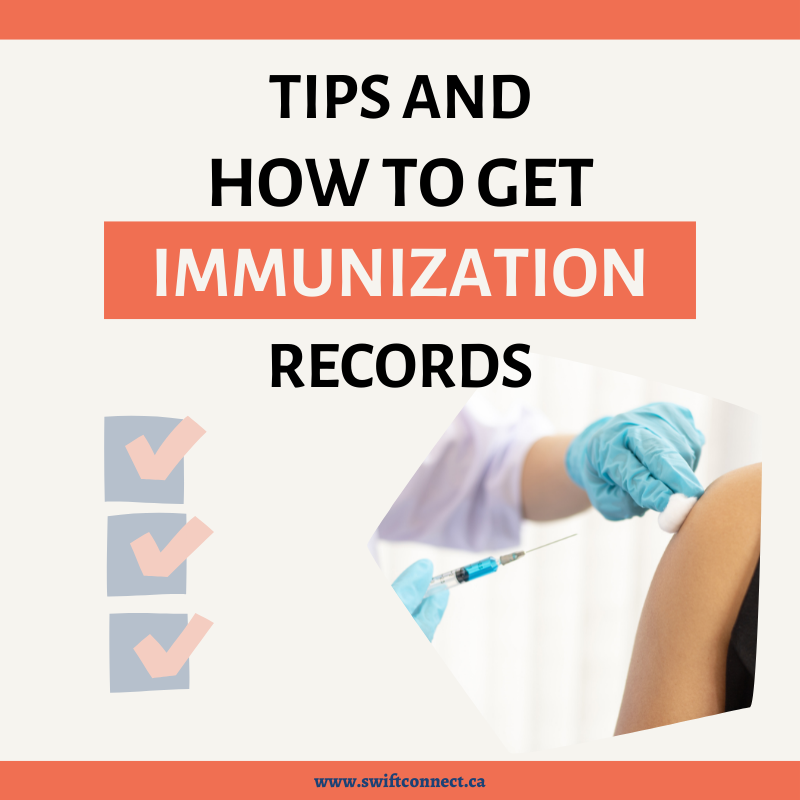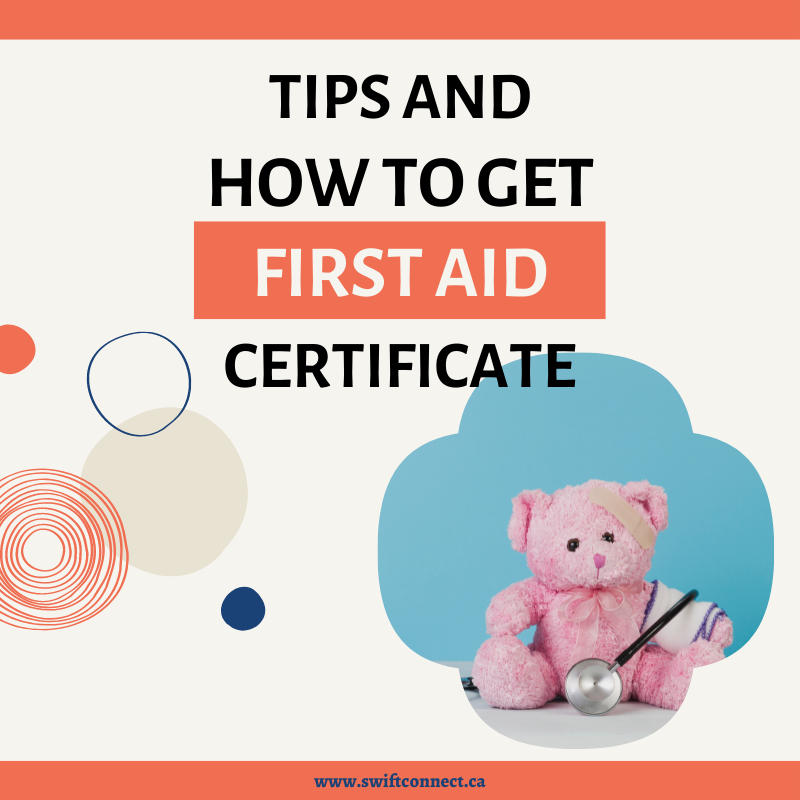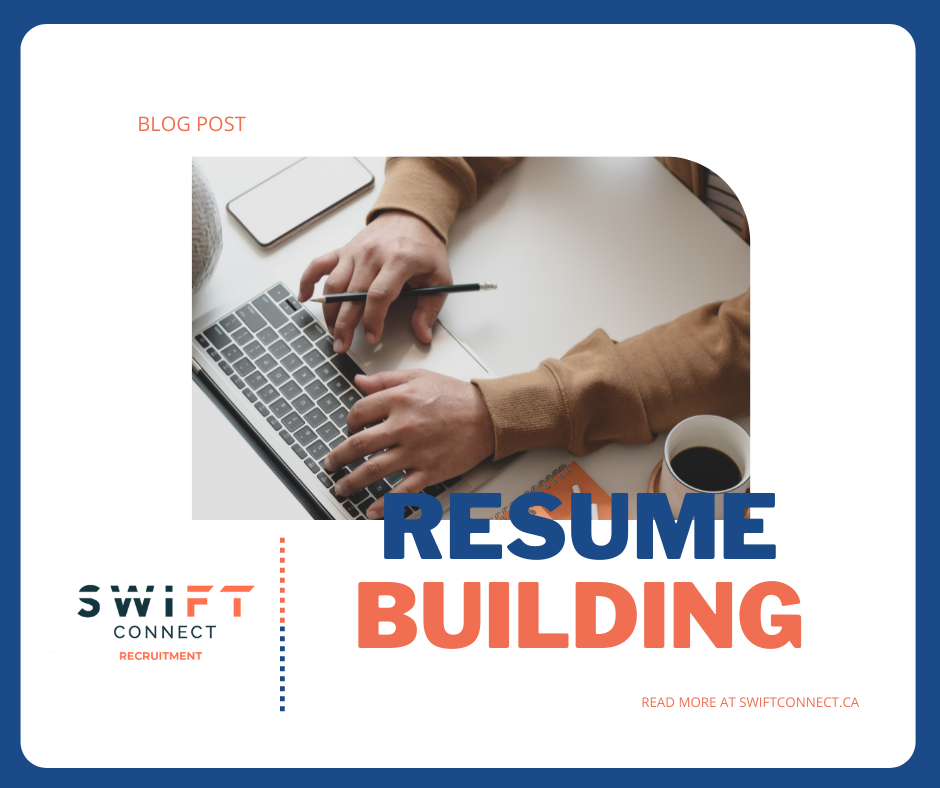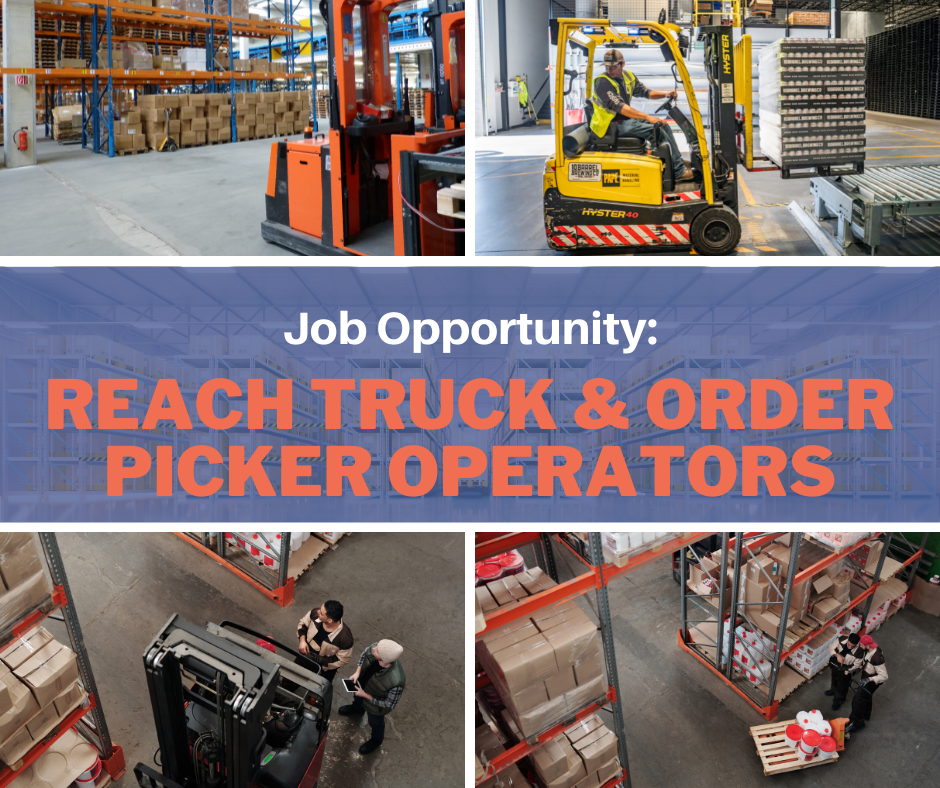How to Write a Cover Letter
A cover letter can assist you in your job search. A cover letter is used to introduce yourself and provide additional information on your qualifications to support your resume. The cover letter provides the opportunity for you to connect your resume to the job you are applying for. Unlike a resume, you can address yourself in first person because you are writing about yourself and what makes you the best fit for the job.
Cover letters should not be generic and should be altered to fit with every position you are applying for. Read the job description a few times to really understand what the company is looking for. Make sure to include some of the language and requirements in your cover letter to show that you have the qualifications for the position.
WHAT TO INCLUDE
There are seven things that should be included in your cover letter:
- The date of applying
- Your name and contact information
- The employer’s contact information
- Introduction of yourself and your interest in the position
- Your background and qualifications
- How you think you are the best candidate, what sets you apart
- Your signature
TOP OF COVER LETTER
The header of the cover letter should include your first and last name and contact information (phone number and email address). Below that should be the date you are applying in full text (ie. July 8th, 2022). After the date is where the information of the company you are applying to, this includes the name of the contact (if known), full company name, address, and phone number.
Once you have that set up, it is time to start writing your cover letter.
MAIN SECTION
The first thing you have to do is greet the reader, ie. Dear “Contact Name”, or Dear Hiring Manager, or To Whom it May Concern. Do not write Dear Sir/Madam or assume it is one of them. In Canada, it is not common to address someone by Sir or Madam/Ma’am.
Once you have included a greeting, you should write a short paragraph on introducing yourself and your interest in the position. It is common to also mention the exact job title and where you found the posting in this paragraph. Make sure to be enthusiastic about applying for the position and the possibility to work for that company.
The next paragraph can be longer which is a description of your relevant experience, achievements, and expertise. In this paragraph you can brag about yourself and what you have accomplished in your career so far. This is where reading the job description will come in handy. Mention the keywords and requirements in this section showing that you have the qualifications to do the job.
The last paragraph is short where you reiterate why you are best suited for the role. As well, you can state your interest in moving forward for an interview to discuss the role in more detail. Make sure to leave space after this paragraph for a salutation, ie. Sincerely, or All the Best, or Cheers. After the salutation put your signature then type your name below.
THINGS TO REMEMBER & TIPS
- If your resume has a design and header, the cover letter should use the same formatting.
- Lead with a strong opening sentence about your qualifications and what excites you about the position.
- Focus on the future.
- Share accomplishments that showcase your abilities.
- Always proofread your documents before submitting.
- Keep the text brief, a cover letter should not be longer than one page.
- Never use casual text like “Hey” or contractions like “don’t” or “shouldn’t”.
- Avoid general information, be specific about the position.
- Avoid trying to be funny, it will not translate well.










